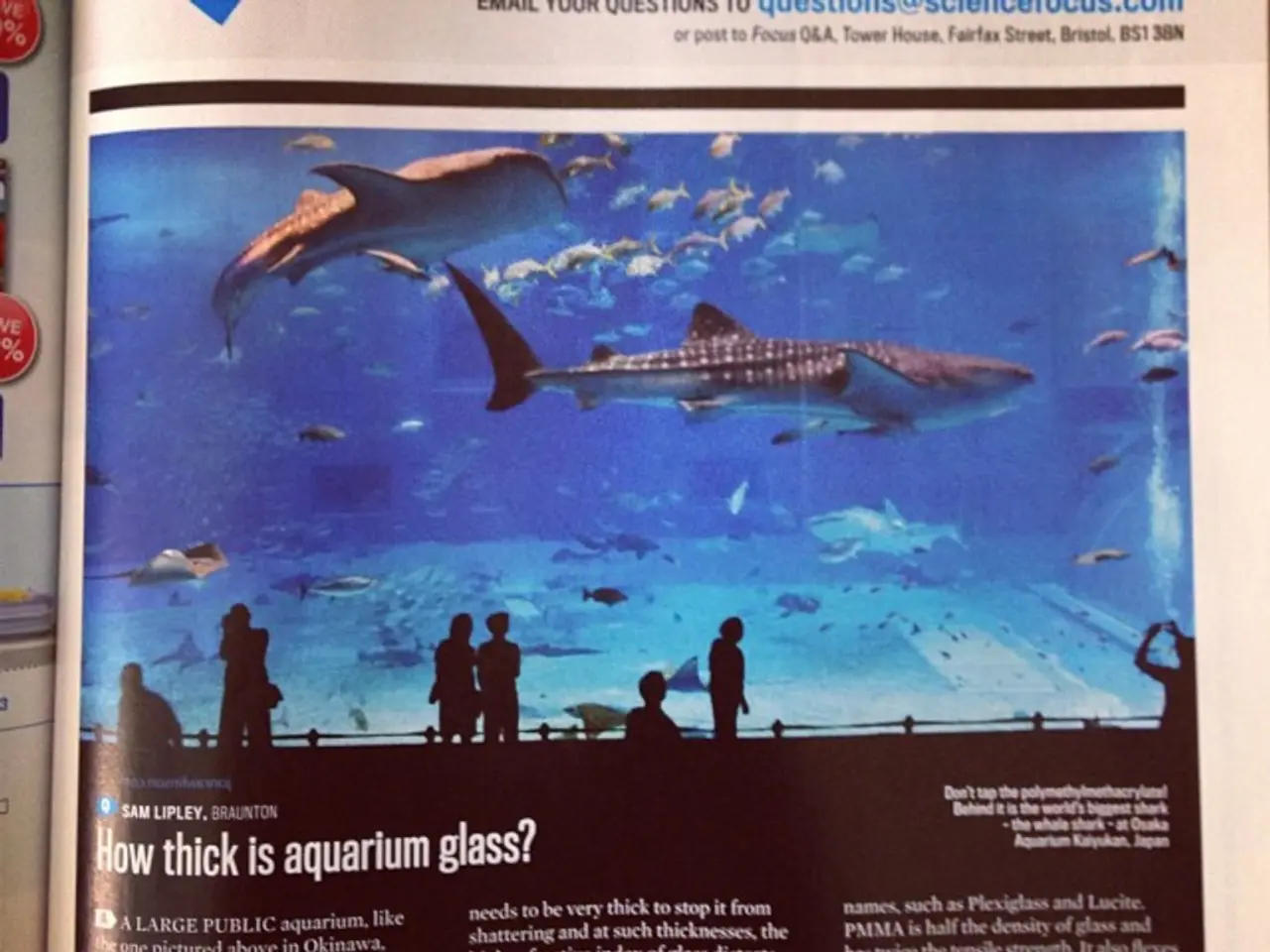Environmental Impact Alters Fish Size: Research Reveals Increase in Some Species, Decrease in Others
A groundbreaking study, published in Nature Ecology & Evolution, has shed light on the intricate effects of climate change on fish size in various species living around Australia. Led by Asta Audzijonyte from the Institute for Marine and Antarctic Studies, the research provides valuable insights into the complexities of species' responses to warming in our oceans.
The study analysed data from over 10 million visual survey records, gathered largely due to a reef monitoring program that has run for three decades and a citizen science program involving about 100 divers. The data collection method involved divers conducting underwater surveys with a standard 50-meter transect, recording all species they encountered within this span.
The research included a wide range of fish species, from tiny to giant, including fished and non-fished species like puffer fish. The scientists looked at fish size in two main ways: comparing fish of the same species in different locations within Australia and examining how climate change-induced warming affects fish species in one location over time.
The findings showed that 45% of fish species grew in response to climate change, while 55% got smaller. When water temperature changed through time in one place due to global warming, a population experiencing this warming was changing by nearly 20% for 0.5 degree Celsius (0.9° Fahrenheit) of warming, observed over the last two decades. For every degree Celsius (1.8° Fahrenheit) of temperature change, different populations of fish were about 4% different in body length.
Changes in temperature through time, in response to climate change, had a much stronger impact on fish size compared to changes of temperatures in space throughout the species' natural distribution. The study highlights the need to study the effects of these size changes on sized-based interactions in the marine ecosystem.
As fish get smaller due to climate change, they become more vulnerable to predation. The implications for these size changes are not fully understood, but these fluctuations would certainly have an impact on the marine food web. The study also underscores the importance of citizen science in collecting valuable data for scientific research.
The citizen science component of the study, where divers voluntarily collected data, is considered the most exciting part of the research. The study's unique aspect lies in the fact that it was conducted without any selective choice of species, making it a significant departure from similar studies.
The researchers emphasise that much of our understanding of the temperature-size relationship comes from the laboratory, and taking these predictions to the wild shows there is a lot we still need to learn about this phenomenon. The study also underscores the need to closely monitor fish size changes in different marine ecosystems as the effects of climate change continue to unfold.
Read also:
- Peptide YY (PYY): Exploring its Role in Appetite Suppression, Intestinal Health, and Cognitive Links
- Toddler Health: Rotavirus Signs, Origins, and Potential Complications
- Digestive issues and heart discomfort: Root causes and associated health conditions
- House Infernos: Deadly Hazards Surpassing the Flames




